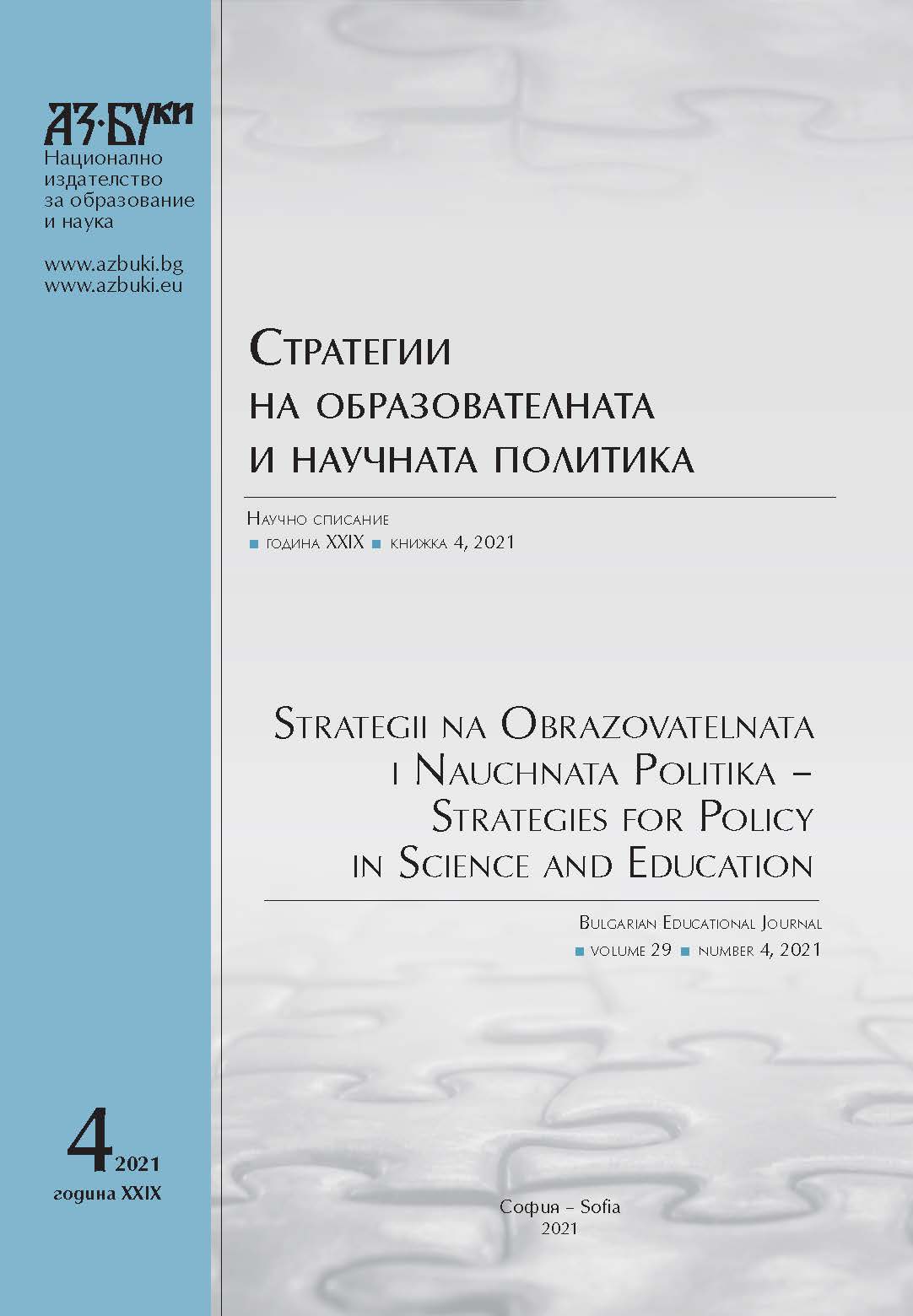
We kindly inform you that, as long as the subject affiliation of our 300.000+ articles is in progress, you might get unsufficient or no results on your third level or second level search. In this case, please broaden your search criteria.

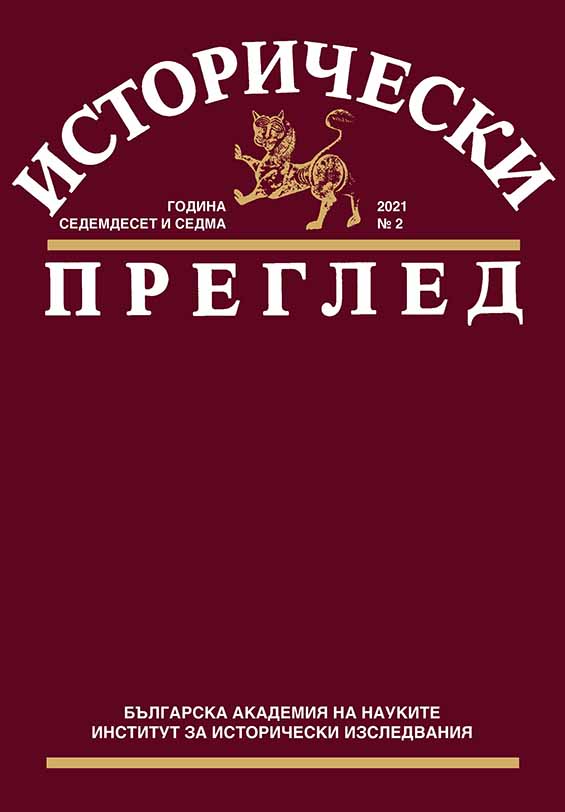
The study, published in Greek in 1983–1985, is devoted to a phenomenon in the Eastern Orthodox Church that had not, until then, been the subject of a special research in the field of social history. Based on a vast array of historical sources, the author presents and comments on facts about the production and distribution of indulgences from the Patriarchates of Constantinople, Alexandria, Jerusalem and Antioch from the 16th to the 20th century. The emergence and gradual establishment of the institution of indulgences in Eastern Orthodoxy is traced within the socio-political and cultural context of four centuries, focusing on the reasons for the introduction of indulgences, the stages of gradual standardization of their text, and the various forms of their distribution. The phenomenon is reflected in detail, taking into account its extension into the field of dogma, economics, social and political relations. The study sheds new abundant light on important issues in the history of the church, societies and attitudes in the world of Eastern Orthodoxy. An inventory of 57 printed Orthodox indulgences is also attached.
More...
In 1858 Petko R. Slaveykov (1827–1895) was already an influential public figure in his homeland – the regions of Tarnovo and Tryavna. Gradually, it was becoming more and more visible nationally – especially in the field of the church struggle against the Patriarchate of Constantinople and its metropolitans on Bulgarian lands. Slaveykov’s literary endeavors were becoming more and more recognizable. In this context, one of his unpublished and unknown pamphlets is presented and interpreted in the paper. The attribution of the manuscript is based on a wide range of data – archival, biographical, literary. The connection with the other components of the writer’s work is implemented through facts, topics and language specifics. The full text of the manuscript is presented in compliance with the current rules for publishing archival materials from the Revival epoch.
More...
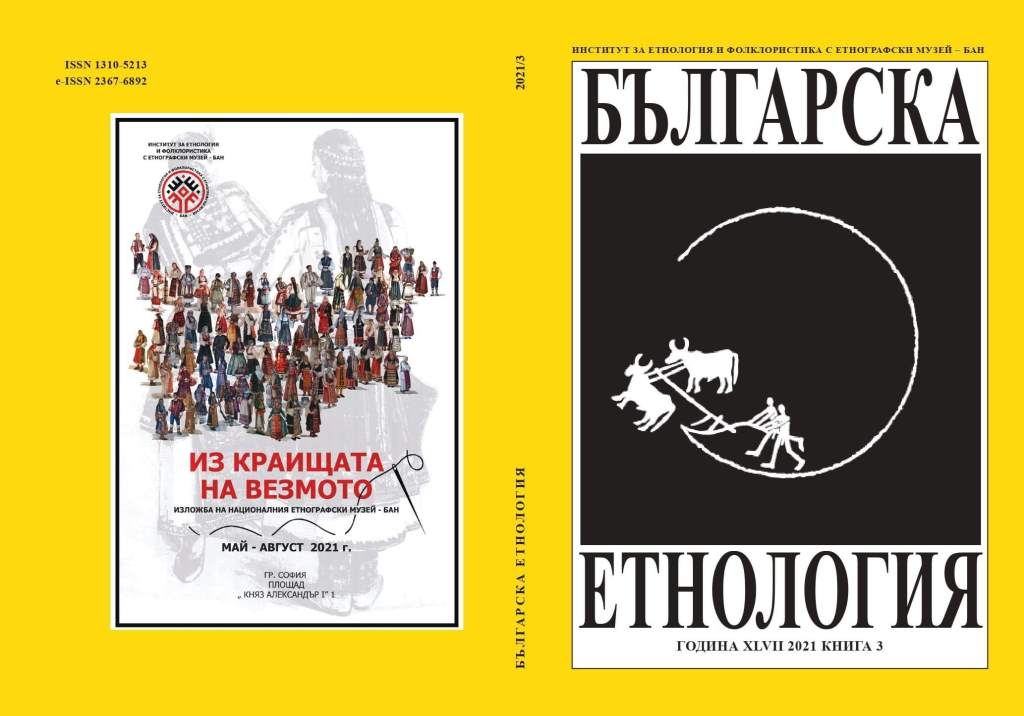
The paper is focused on historical reenactments of the so-called Bulgarian NationalRevival Period. The main approach is history-based, using the well-known periodization. It starts with the first documented historical reenactments, following with later history reconstructions, which can be observed nowadays. Historical reenactments are studied in close relation with their history narrative versions – official, unofficial, popular, banal, academic while being largely based on the official-unofficial dichotomy, putting it into question. The empirical material is drawn from the initial footsteps of the historical reenactments, which took place after the co-called Liberation (3.3.1878) to the First World War, following the interwar period, socialist nationalism, and the post-socialist decade sat the end. Numerous interviews, made by the “Historical reenactments as a cultural phenomenon” research project team are involved. A set of questions are raised: which episodes of Master narrative of the NationalRevival are subject of particular interest by reenactors; why they prefer them; howreenactors conceptualize processes of globalization of society and deconstructiveapproaches in social sciences; how they consider their own reenactments ideas – asofficial, or as unofficial, alternative ones; when they claim for alternativity, how thisnotion is regarded and what they see as official; why narrative for history, seen byreenactors as official, is perceived as unsatisfactory; how their claims unofficiality paradoxically leads to reinforcing the official Master narrative. One of the main points of the research is tracing the history the relation between popular nationalism and institutionalized one from the last decades of 19 c. to the first 20 years of 21 c.
More...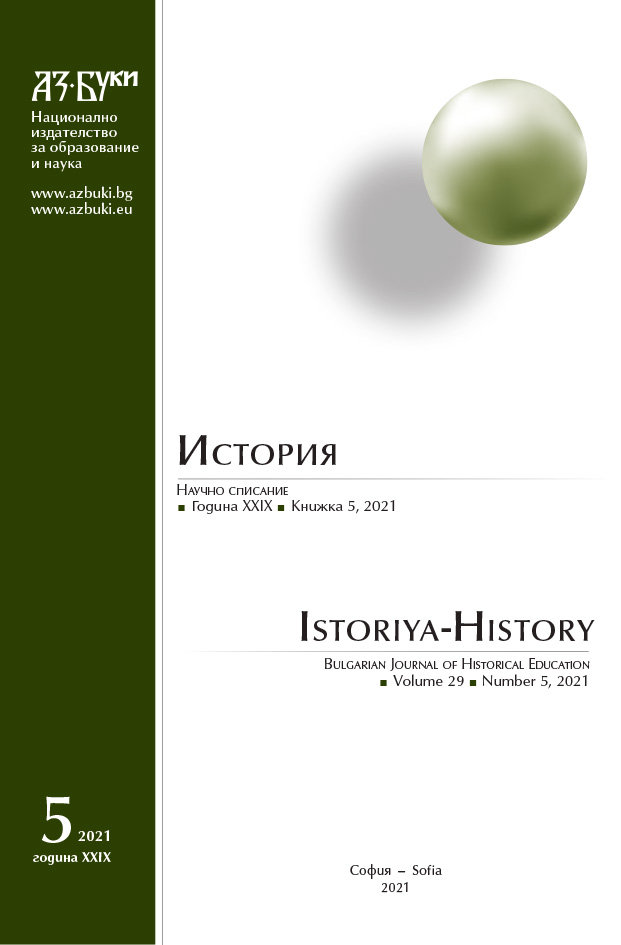
Understanding the concept of hygiene during the Revival includes a complex meaning as a science that helps to protect human health. The need to study this discipline excites a number of Revival educators, doctors and public figures, especially in the period: the mid-60s of the XIX century until the Liberation. This trend is followed by careful analysis and selection of source material, mainly from the Revival press and textbooks, which contain such information. The conclusions show that hygiene fails to establish itself as a ubiquitous subject, but elements of it are introduced into the learning process. Nevertheless, the foundations of the health culture of Bulgarian students were laid, one of the signs of modernization that Bulgarian society experienced during the Revival.
More...
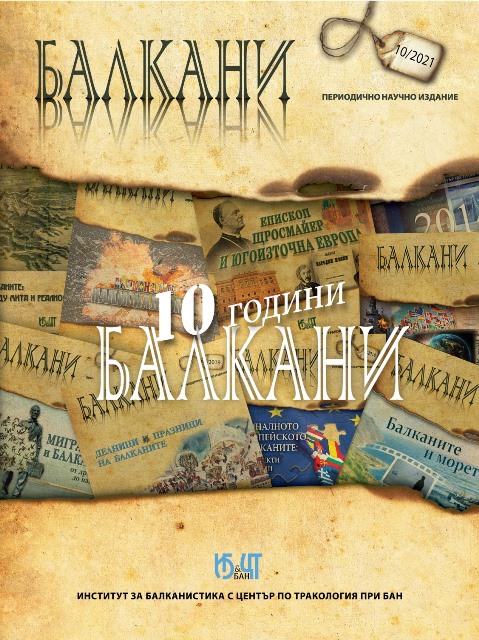
The paper provides a chronological timeline of the cholera epidemics in Bulgaria and the Balkans from the 1820s through the 1920s. In the course of a century these territories were eight times heavily struck by the so-called “blue death” – the cholera. This acute infectious disease was usually imported through the dislocation of military units, as well as maritime and rail transport. It penetrated first the seaports and then the inland settlements. Both the official statistics and the unofficial judgements reveal relatively great fatality numbers which dropped drastically only in the early twentieth century due to mass vaccination among the military and the civil population. The author reminds Gabriel Garcia Márquez’s worldwide famous novels Chronicle of a Death Foretold and Love in the Time of Cholera, and concludes that the mankind should learn better the lessons of history in order to be able to save its honour in the face of new pandemics, the COVID-19 pandemic including.
More...
The study is mostly based on the writings of Father Arthur Droulez of Congregation of the Mission. Special attention is paid on his accounts about the Bulgarian Uniates in Macedonia, published recently (1839–1939) in French. The main themes are presented, supplemented by information newly obtained from the private Bulgarian archives.
More...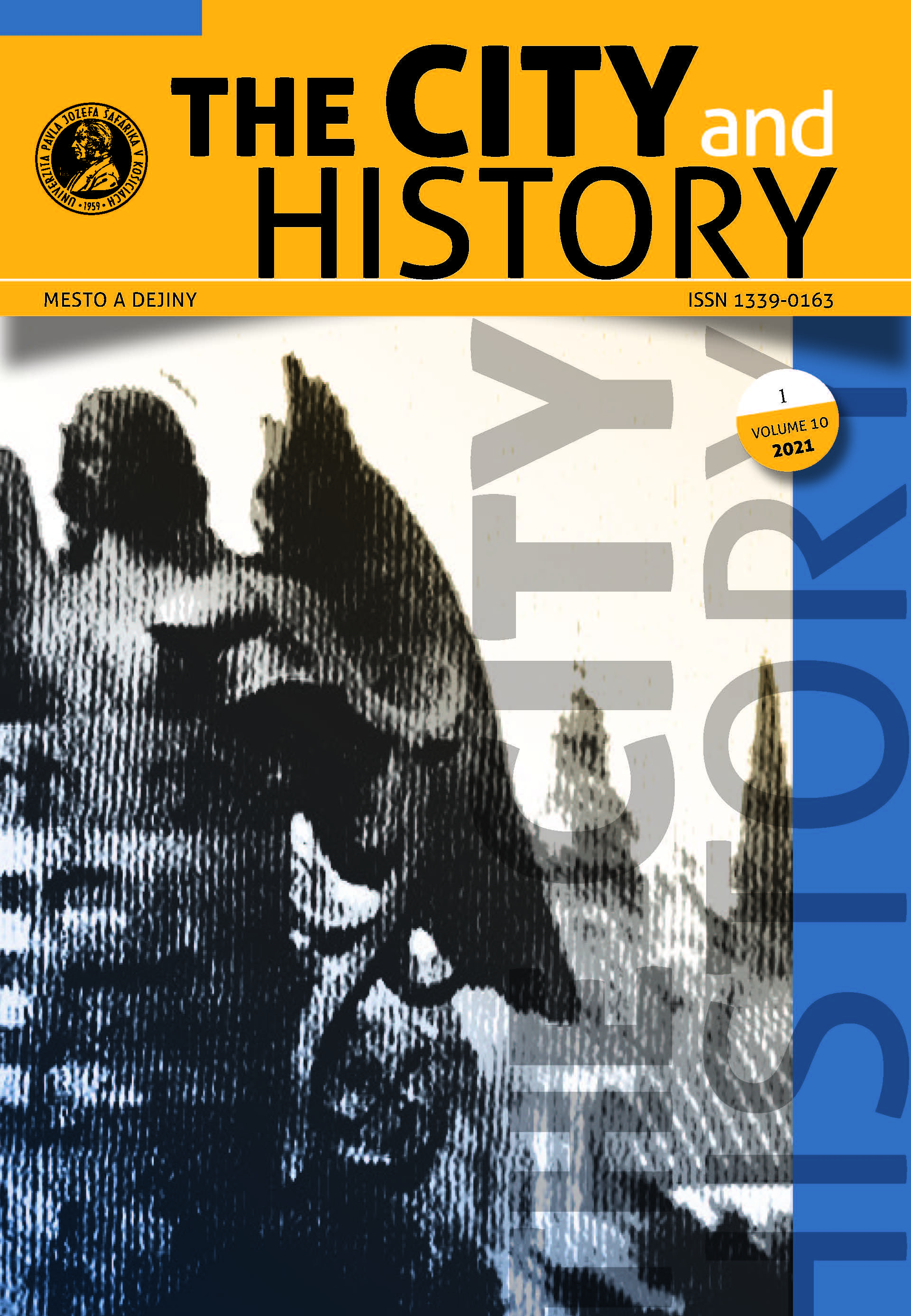
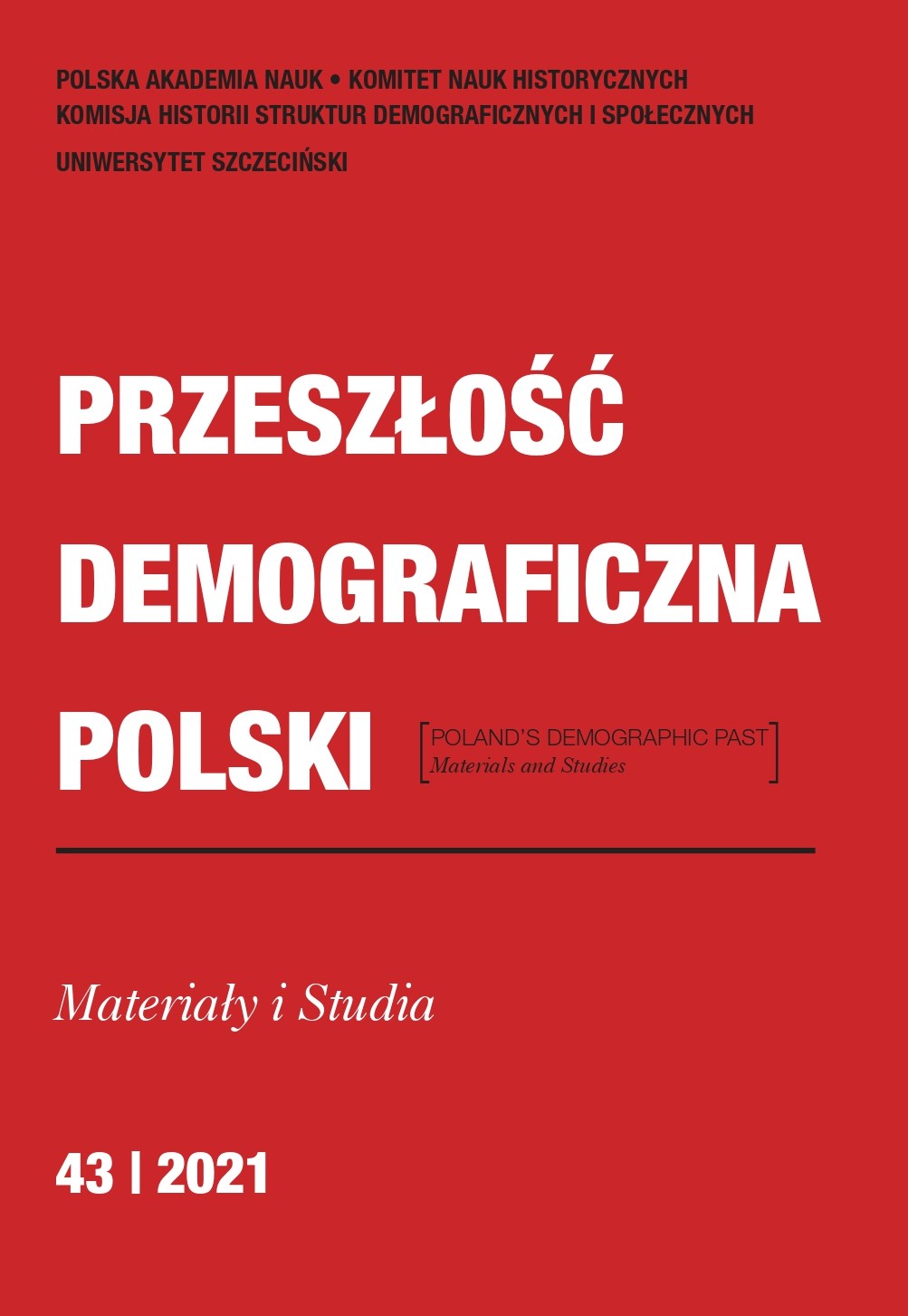
The article showcases new proposals for research on the urbanization processes of Krakow Voivodeship (province) between the 16th and 18th centuries referred to the Polish-Lithuanian Commonwealth as a whole. The possible methods of study have been specified for an area where an urban network had already been formed. It comprised some 80 towns, mostly moderate in size, with a variety of functions. The period under discussion is crucial for the functioning of Polish urban areas due to the predominance of the manorial farm system relying on serfdom and corvée. Population exchange mechanisms are addressed against a broader background of social history. It is proposed that analyses of the urbanization of the voivodeship should be linked to its central hub – the Krakow urban complex. The discussion also extends to the criteria underlying the formulation of the study questionnaire. A relational database created on the basis of mass sources would cover the population of Krakow and successively other towns in the voivodeship, selected according to their functions. Such procedure makes it possible to demonstrate the migration trends across the voivodeship in a long-term historical process.
More...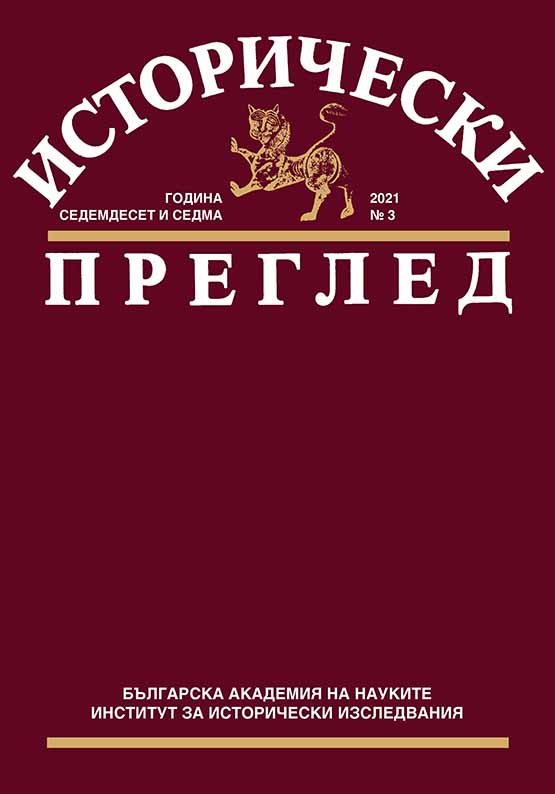
The study focuses on the development of the Bulgarian girls’ education in the historical-geographical region of Macedonia during the Revival, as an important stage in the emancipation of the female sex. It can be noted that the first girls’ schools in the district had a short life due to a number of difficulties in their functioning. It should not be forgotten that in the ethnically diverse Macedonian provinces of the Ottoman Empire, their opening was more an expression of local patriotism and an attempt to overcome Greek influence in cities with a rather mixed population. From the second half of the 19th century Bulgarian girls’ schools were organized in the larger cities largely thanks to the tireless work of the teachers from Sopot Nedelya Petkova and her daughter Stanislava Karaivanova. Although timid at this early stage, the issue of girls’ education involved many women and raised the issue of the women’s movement among Bulgarians in Macedonia.
More...![Николай Аретов [автор и съставител]. Иван Найденов: за право и напредък. Мемоари. Писма. София, издателство „Кралица Маб“, 2019. 366 с., с илюстрации. ISBN 978-954-533-178-7](/api/image/getissuecoverimage?id=picture_2021_64418.jpg)

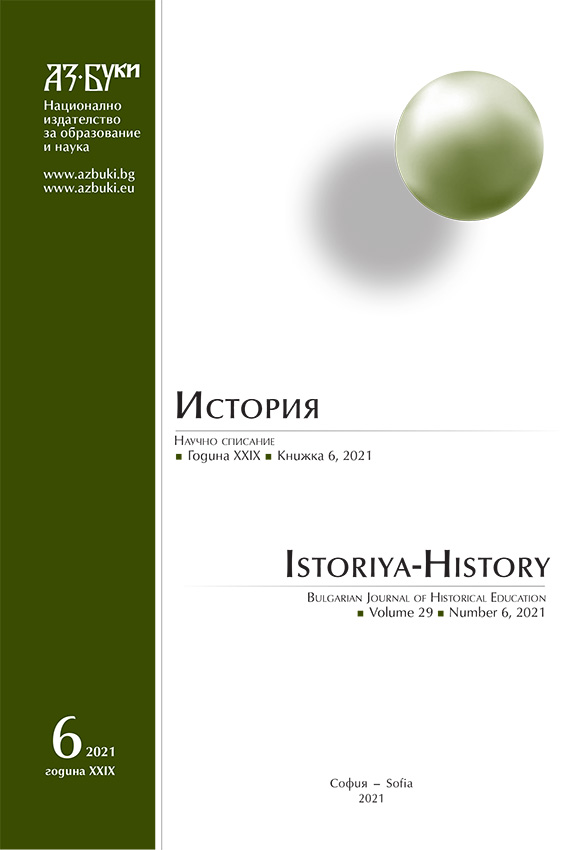
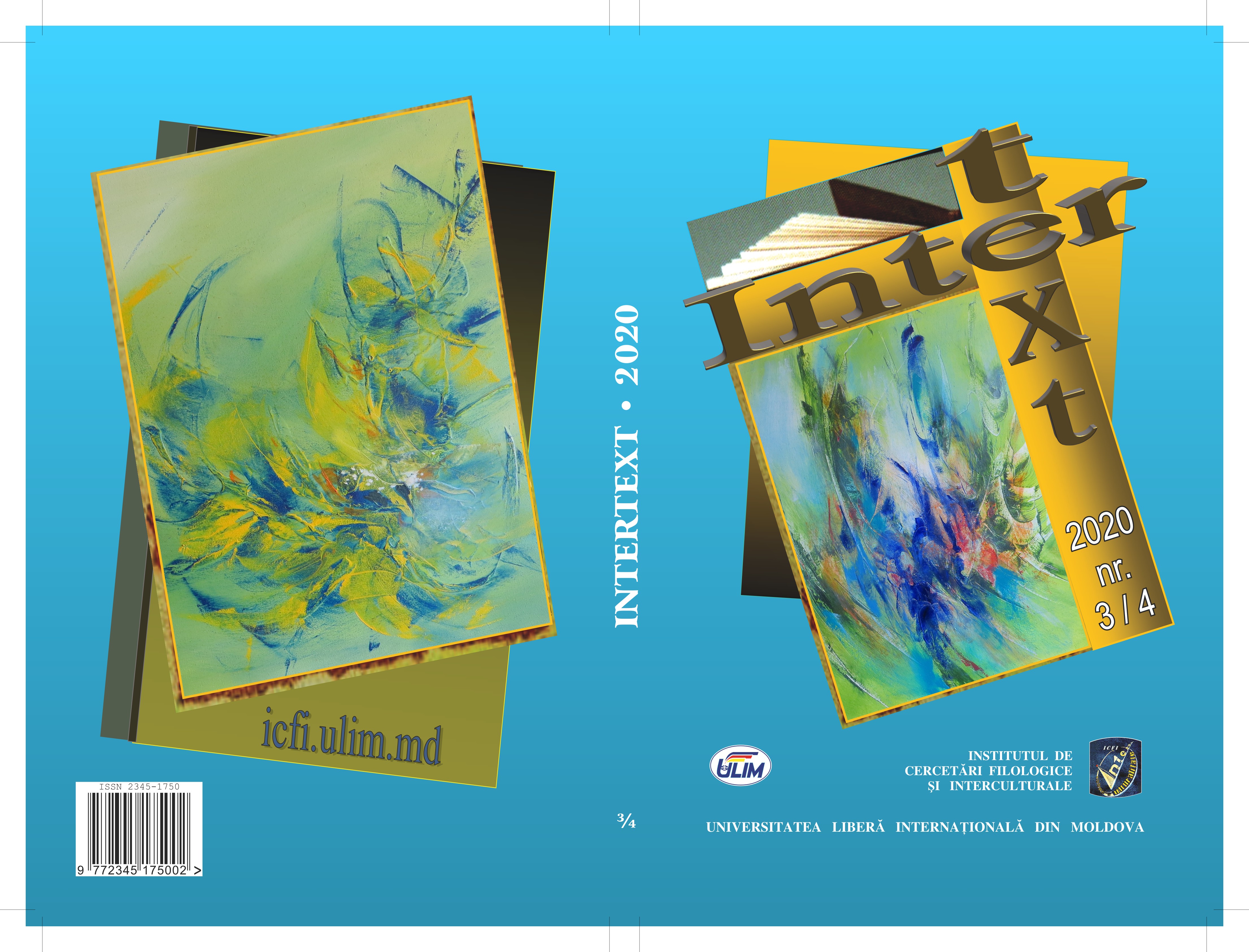
The paper analyzes how English Romanticism gave birth to a poetic care that managed to convey strong feelings to readers. Romanticism has put its mark on the numerous fields of research, but also on the individuality of Man. It is a phenomenon that still has important topics and hypotheses to analyze. We will consider the beauty of their work, the way it was expressed, because it is precisely this concept that is the reference point of the romantic literary phenomenon. In the same way we will also focus on the connection between the author's meditation and the concept of beauty. The preoccupation of the romantics was to give birth to a beautiful eternal to adapt the requirements of the nearby societies in the continuation of the movement. Most of the time, we will see a beautiful relationship, with the ugly antithesis. This is possible in the romantics, because they did not see the opposite of the ugly, but a way of highlighting a unitary system from which the idea that they wanted to present as eloquently as possible came out, using any method of expressing the inner self. They often used contrasting associations, of the beautiful / ugly, finite / infinite, good / bad type. The place where the romantic writer places the action is specific to the romantic lyricism, a favorable place for creation, a place where all the elements form an idyllic frame. English Romanticism was a sort of start on the road to modernity, towards a new sense of aesthetics.
More...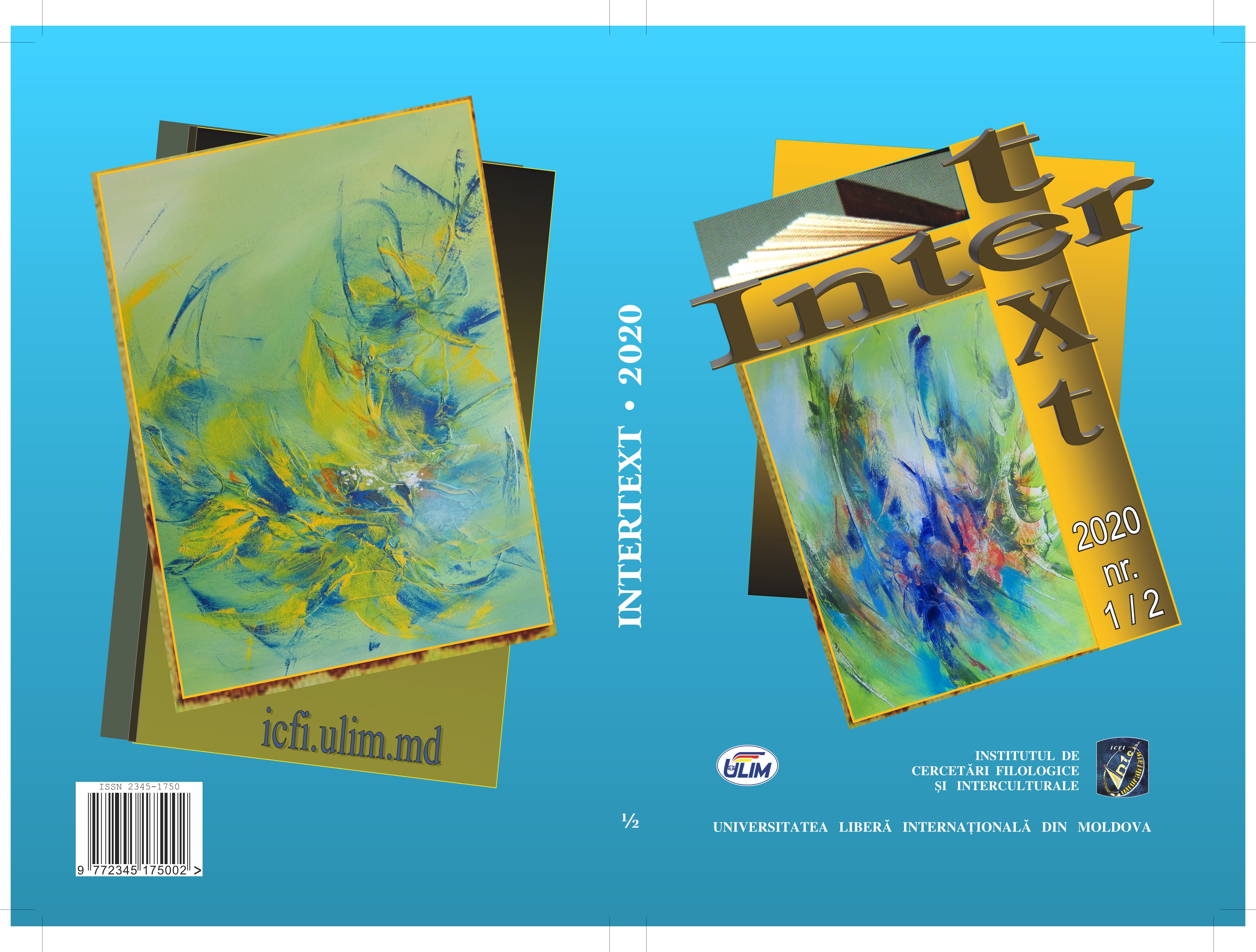
The subject treated by us in the present study reflects the analysis done on some lexical elements of Latin origin extracted for interpretation from "Manuscript 67" from the Library of the Romanian Academy in Bucharest. It contains the complete translation from the Slavonic language of the book "Ithica Ieropolitica" by the monk scholar Vartolomei Măzăreanu, in 1764. In interpreting lexical elements, after the etymology of one term or another is established, the meaning of the words is taken into account, where the context requires it. In most cases, the etymologies were extracted in particular from reference dictionaries such as DA and DLR, in order to determine precisely the lexical elements under study here. The terms encountered in the work of the archimandrite Vartolomei Măzăreanu were selected starting from a semantic dissociation, possible to see clearly, from certain locations, expressions and syntagms in which different lexemes appear attested. Regarding the aspect in which I chose to group the terms, in order not to resemble the way of presenting a dictionary, they were ordered according to their origin, in this case, in elements of Latin origin which, on one hand, they are no longer met in the modern version of the literary Romanian or which have a very limited use, being little known, obsolete or preserved only in certain dialect areas, and, on the other hand, in words created on Romanian land, also derived from words of Latin origin.
More...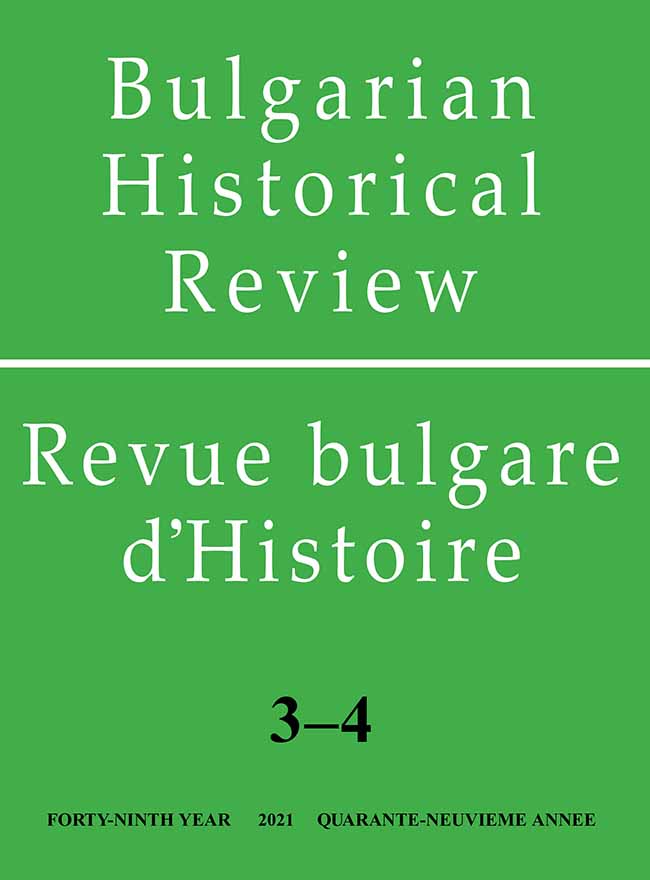
This article compares the projects for the initial modernization of education among the Czechs, Slovaks, Vojvodina Serbs and Bulgarians, their conception, initiation and the social factors responsible for their implementation. The role of the clergy for the spread of Enlightenment ideas and the preservation of the literary tradition – a factor common to all peoples – is outlined. The connection between the literacy of the broad strata of the subjugated peoples and the development of the native language is analyzed. The author considers the reform of education in the general context of state policy, noting that while in the Habsburg monarchy it was a governance policy aimed at the general process of modernization of the state, in the Ottoman Empire the central government remained indifferent and the Bulgarian educational project was the work of wealthy patriotic emigration.
More...
